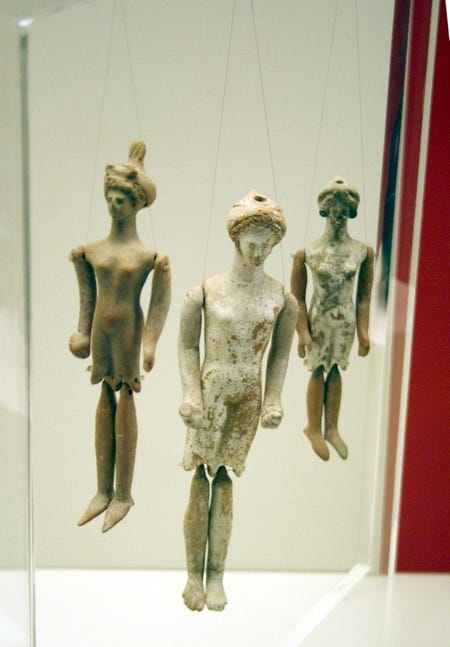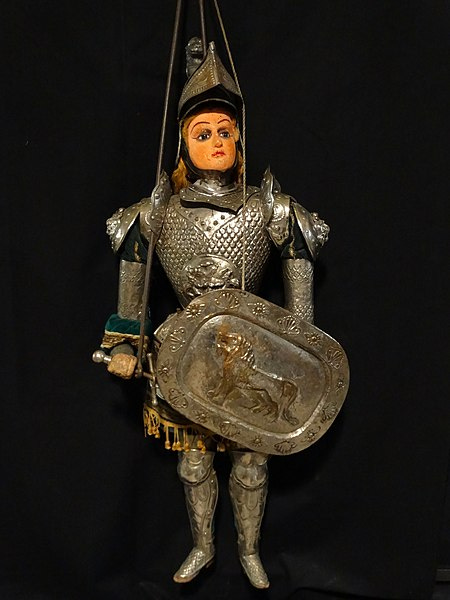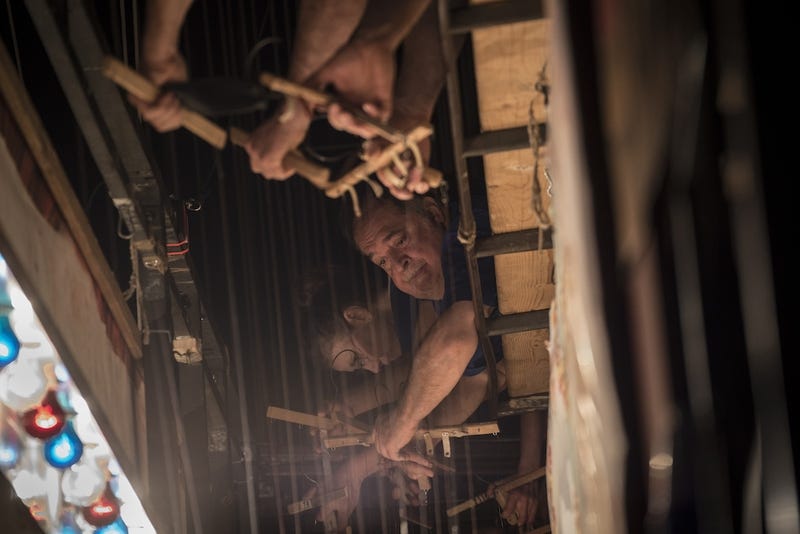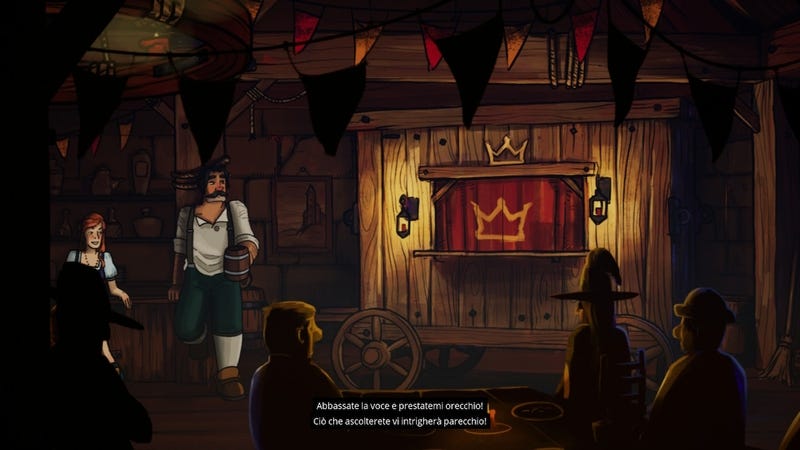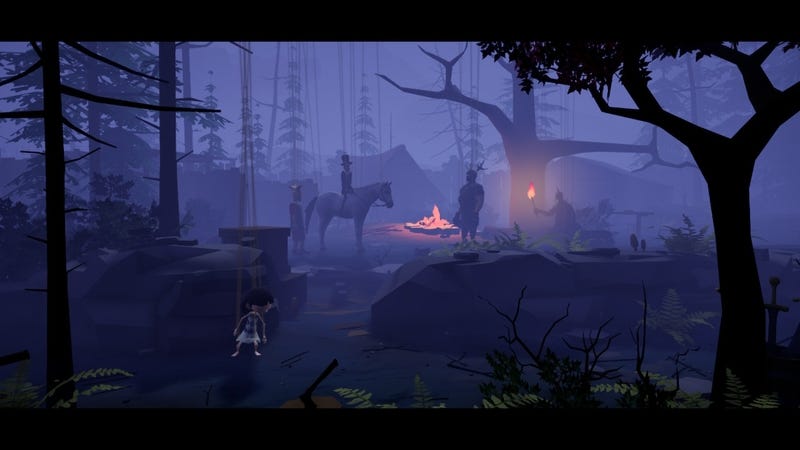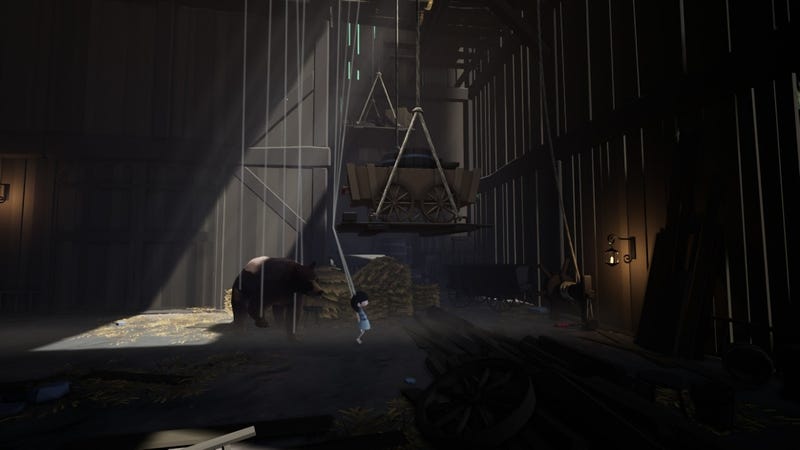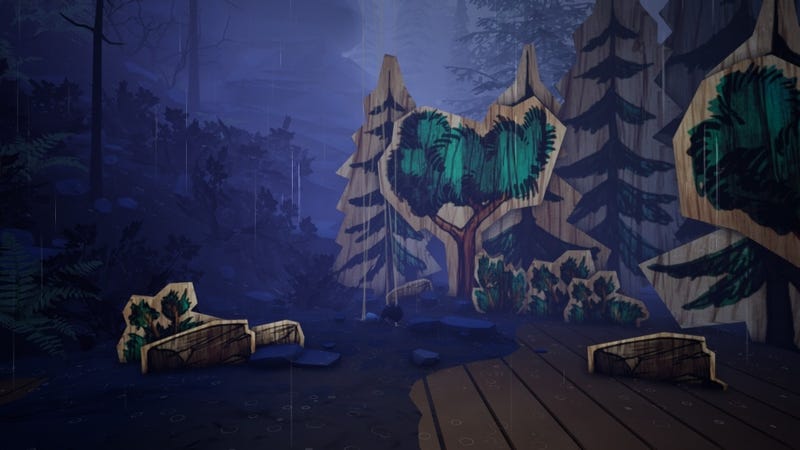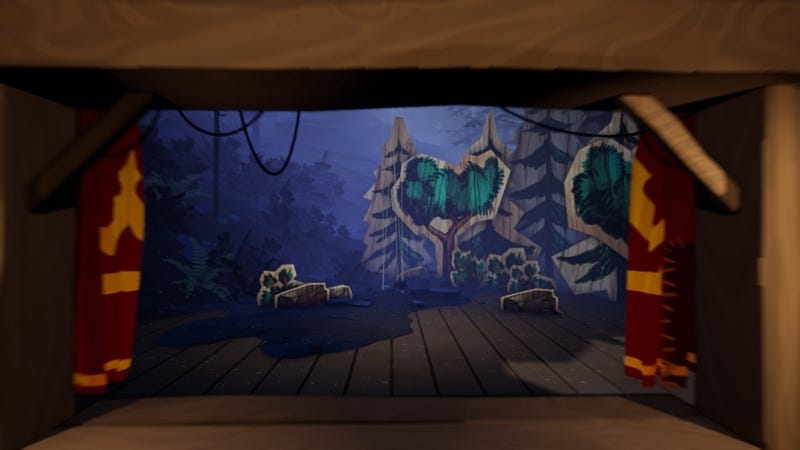A Juggler’s Tale and Puppet Theater
A thread that ties imagination, a gamepad, and a story worth telling. #theater #videogame
Did you know marionettes have strings while puppets are glove-style figures you slip your hand into? No? Welcome back to Artcade, the Wednesday blend of art and videogames that answers questions you never dreamed of asking. If that isn’t kindness, what is? Enjoy the read!
Telling stories with marionettes is an art with deep roots: the oldest specimens found in India date back 4,500 years. The first texts that explicitly describe marionettes as a narrative tool, however, are Greek.
Unknown artist (5th–4th century BC) Terracotta Greek Dolls [Sculpture] [Terracotta] National Archaeological Museum, Athens
Even Aristotle, in the first book of his Metaphysics, uses marionettes to explain humanity’s drive for knowledge:
For all men begin, as we said, by wondering that things are as they are, as they do about self-moving marionettes, or about the solstices or the incommensurability of the diagonal of a square with the side; for it seems wonderful to all who have not yet seen the reason, that there is a thing which cannot be measured even by the smallest unit.
Excerpt from Aristotle, Metaphysics I, translated by W. D. Ross.
Everything we don’t know or grasp astonishes us and pushes us to look for answers—just as when we see a puppet move for the first time, unaware of how it walks or raises its arms. That sense of wonder underlies our desire to know, and therefore philosophy itself. Not bad for a handful of marionettes.
Dario Napoli, Fratelli Napoli Marionette Company of Catania [Marionettistica Fratelli Napoli] (1910) Tigreleone [Marionette] International Puppet Museum Antonio Pasqualino, Palermo
Italy boasts a very long puppet-theater tradition. The most famous school is probably the Sicilian one, so rich it splits into variants such as the Palermo and Catania styles. "Opera dei pupi" dates back more than three centuries, but it reached its zenith in the 1800s, becoming a major form of oral storytelling.
Today puppet theater enjoys less fortune but hasn’t disappeared. Several companies survive, including Carlo Colla & Figli of Milan—the oldest still active. Above you can watch the trailer for one of their shows inspired by the Divine Comedy (many more are on their channel).
In A Juggler’s Tale the narrator introduces the story and his traveling theater. The narration doesn’t end when the little curtain rises; just as on a real stage, the narrator keeps guiding and commenting on every phase of the game.
Abby, the marionette protagonist, escapes in search of freedom, but of course her jailer pursues her and he wants to drag her back. As you can see, all the marionettes have strings—whether they’re human-shaped…
…or animal-shaped. Those strings aren’t mere decoration: sometimes they’ll get in your way, other times they’ll help you interact with the environment. The narrator can even use them to literally pull you out of danger—and the very next moment, he’ll comment on his rescue with a dash of sarcasm.
At the end of each level, the setting reverts to the theater stage and the curtain closes.
Kaleidoscube (2021) A Juggler’s Tale [Video game] [Puzzle-platformer] [2 Hours] (Nintendo Switch) [Microsoft Windows, Playstation 4/5, Xbox One/X/S] Mixtvision Games
Information Desk:
A Juggler’s Tale is a short game you can watch start to finish on YouTube in about an hour—almost like a cartoon.
It may sound odd, but Italy’s oldest puppetry company is running out of string. Read the Italian article in Il Post titled “La più antica compagnia marionettistica italiana sta finendo il filo.” Which means (surprise!) Italy’s oldest puppetry company is running out of string.
In 2008 the Sicilian opera dei pupi was added to UNESCO’s list of Intangible Cultural Heritage of Humanity.
My last two coins
Playing with marionettes until it becomes art—if there’s one thing humans have always excelled at, it’s turning play into expression. I have no doubt: when I think of cave paintings, I’m sure that before murals there was a love of color, of smudges—the act of staining and tinting hands, faces, bodies. The truth is that humans were born to laugh, and only after we laugh—finding the peace good humor brings—can we face even our greatest misfortunes.
Until the next episode, ciao!


